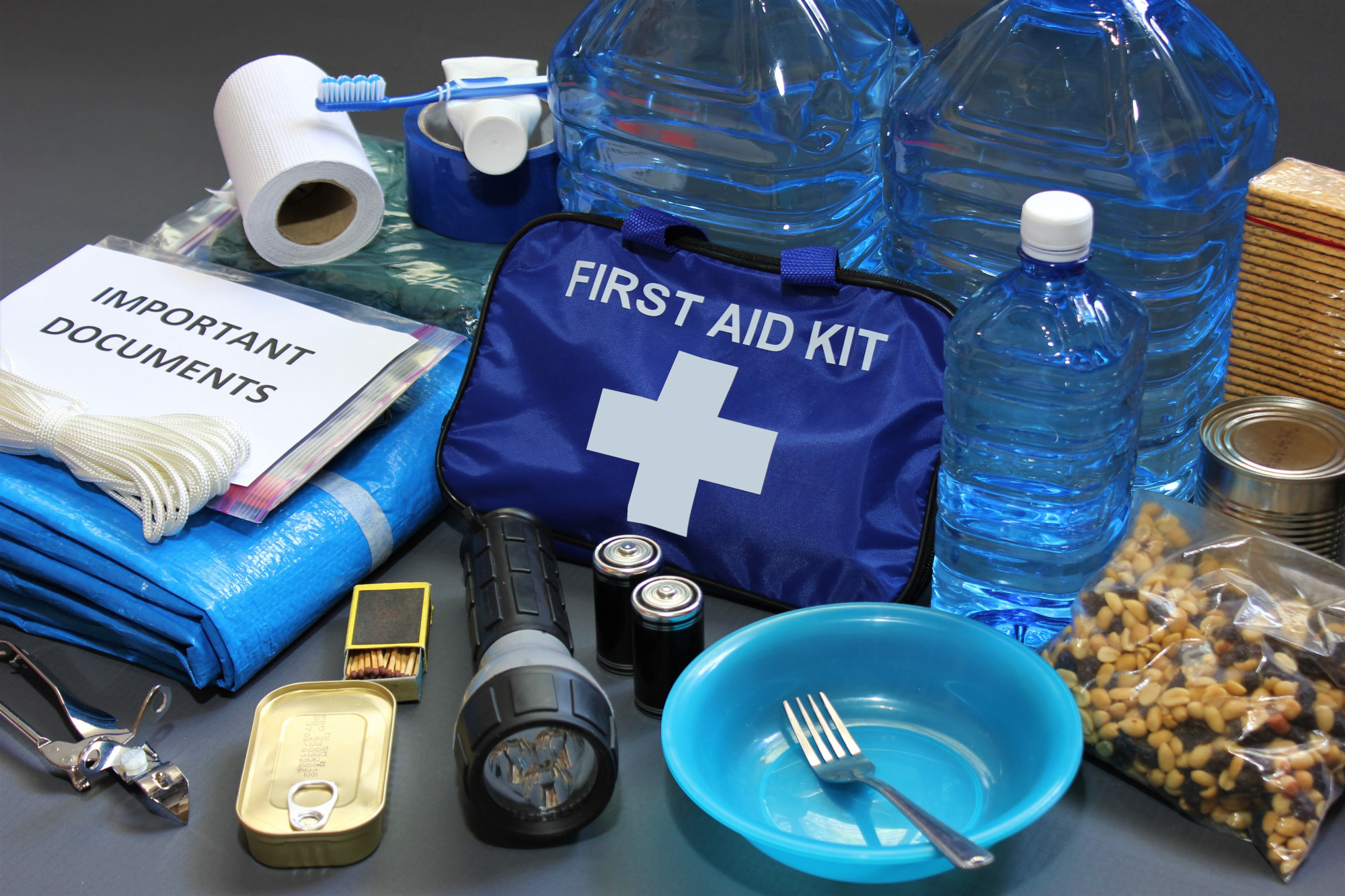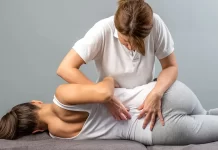Are you looking to prepare your home for any disaster? From storms to earthquakes, a 72 hour kit can keep the family going in most situations.
Prepare your home and your family for any disaster or emergency.
Don’t know what goes into a kit? Never prepared one before? You’re not alone.
We’re here to help! Below is a list of the essentials that your 72-hour kit needs and more.
Table of Contents
1. Food and Water Good for 3 Days
Any decent home emergency kit needs resources for sustenance. Make sure the food you place in the kit is nonperishable. That often includes canned goods, like sardines, beans, and such items.
Contrary to popular belief, drinking 6-8 glasses of water per day is only a general rule for everyone. In actuality, no single formula will fit everyone. How much you drink will depend on how much your body needs to function.
An average, healthy adult male in a temperate climate needs around 3.7 liters of fluids. For women, they need about 2.7 liters of fluids per day. In your 72 hour kit, make sure there is one gallon for each person that lasts at least three days for all sanitation and drinking needs.
2. Portable Radio or Television, Flashlight, and Extra Batteries
You need a way to keep up with the news when you’re forced to stay locked up in your home. A small, battery-powered radio or television is the popular choice. Keep a set or two of batteries compatible with the device.
No disaster preparedness checklist is complete without a flashlight or torch. You’ll need it in the darkest times and more.
Check the devices once yearly to ensure they’re still in working order as well as the batteries’ expiry dates.
3. First Aid Kit
In an emergency go-bag, a first aid kit is always a must-have. Make sure to stock it up well before you keep it in the 72 hour home survival kit. A basic first aid kit is enough, but it’ll be better if you can get something more advanced.
Plasters in different sizes and shapes, bandages, gauze dressings, and at least 2 eye dressings are the essentials of a basic first aid kit. Tweezers, disposable sterile gloves, safety pins, and wound-cleaning solutions are also important elements. Keep creams and medicines for general illnesses.
4. Sanitation and Hygiene Items
In a disaster, it can be hard to find the place or time to shower. Complete your home survival kit with materials to clean yourself up with. These include the following:
- Hand sanitizer or rubbing alcohol
- Toilet paper
- Baby wipes
- Soap
- Dry shampoo or shampoo
- Moist towelettes
It’s crucial to maintain hygiene, especially during floods since they cause diseases to spread faster.
5. Extra Clothing and Blankets
Every person should have at least one set of different clothes. Every member needs a jacket or coat, long pants and long sleeve shirts, shoes, hats, mittens, and scarves. Extra clothes should include warm clothes, especially if the area’s climate is chilly.
Blankets are great for keeping the heat in. They work better than sleeping bags when it comes to keeping you warm and are easy to store. Make sure you have a box of heavy blankets for emergencies.
It’s good to prepare a dozen or so, especially when you live in places where cold weather is common. The box you keep your blankets and clothes should be waterproof. To prevent mold, place them in dry areas or place moisture-absorbing silica beads in them.
6. Portable Solar Generator
Disaster preparedness checklists should always have a portable generator in the list. Consider the battery capacity, life cycle, and other features of the generator. Portable solar generators bring you more power with their solar-charging features.
The Titan Solar Generator is a great choice for emergencies. Read more about it at https://PoweredPortableSolar.com/.
7. Tools or Multitool
Some canned goods don’t have a built-in tab or key to open them with. In case you buy canned foods without a tab or key, make sure you have a can opener on hand. You can choose the one that’s easy to use or one that’s easier to keep packed away.
If you don’t want to have these types of extra tools with you, a multitool or even Swiss knives are a great investment for an emergency situation as well.
8. Duct Tape
Duct tape is always good for fixing cracks or tears. After all, it’s the go-to material for patching up anything in a pinch. Use it for quick and/or temporary repairs until you can get a permanent fix.
Duct tape is strong enough to hold most things together and it seals temporary cracks down. Do note that duct tape is only water-resistant, not waterproof. Keep it stuck on a moist or wet surface for too long and it won’t be holding anything after long.
9. Work Gloves
Disaster situations can bring all sorts of debris into your home. During the emergency and the aftermath, you might need to do a little bit of cleanup. You want to keep your hands safe from any sharp pieces of wood, glass, plastic, or even nails.
Unknown chemicals can also cause allergic reactions, burns, or itches. Before you go off to help with the cleanup, make sure to protect your hands. Keep a pair or two of work gloves in your 72 hour disaster kit.
10. Special Needs Items
Does a family member have a condition like asthma or high blood pressure? Is there an infant in the family? Make sure the 72 hour kit meets all their needs.
If you have a baby in the family, store formula, diapers, bottles, and pacifiers. Keep prescription medications and hearing aid batteries for family members who need them. Other items like an extra pair of eyeglasses or contact lens solution are also good to have on hand.
11. Other 72 Hour Kit Essentials
The other essentials of a 72-hour kit include:
- Whistle
- Pet supplies (if needed)
- Map of the local area
- Garbage bag
- Portable camping toilet
- Tent
If you want to prepare your car for such a situation, keep some car essentials within it. A tire repair kit, booster cables, and air pump are only some basic things. Since 72 hour kits often need a lot of space, you can prepare a smaller emergency go-bag in your car instead.
Stay Prepared for All Kinds of Situations
That’s it for our list of the items you need in your 72 hour kit!
Allow us to give you a few tips on the kit as well. You need to know how to use the tools included in the list.
You also need the ability to read the map and understand the manuals in the kit. An ideal place to keep all the items on the list is a small cupboard that’s easy to access from anywhere in the house.
If you want to see more guides on safety, check out our other guides.



















